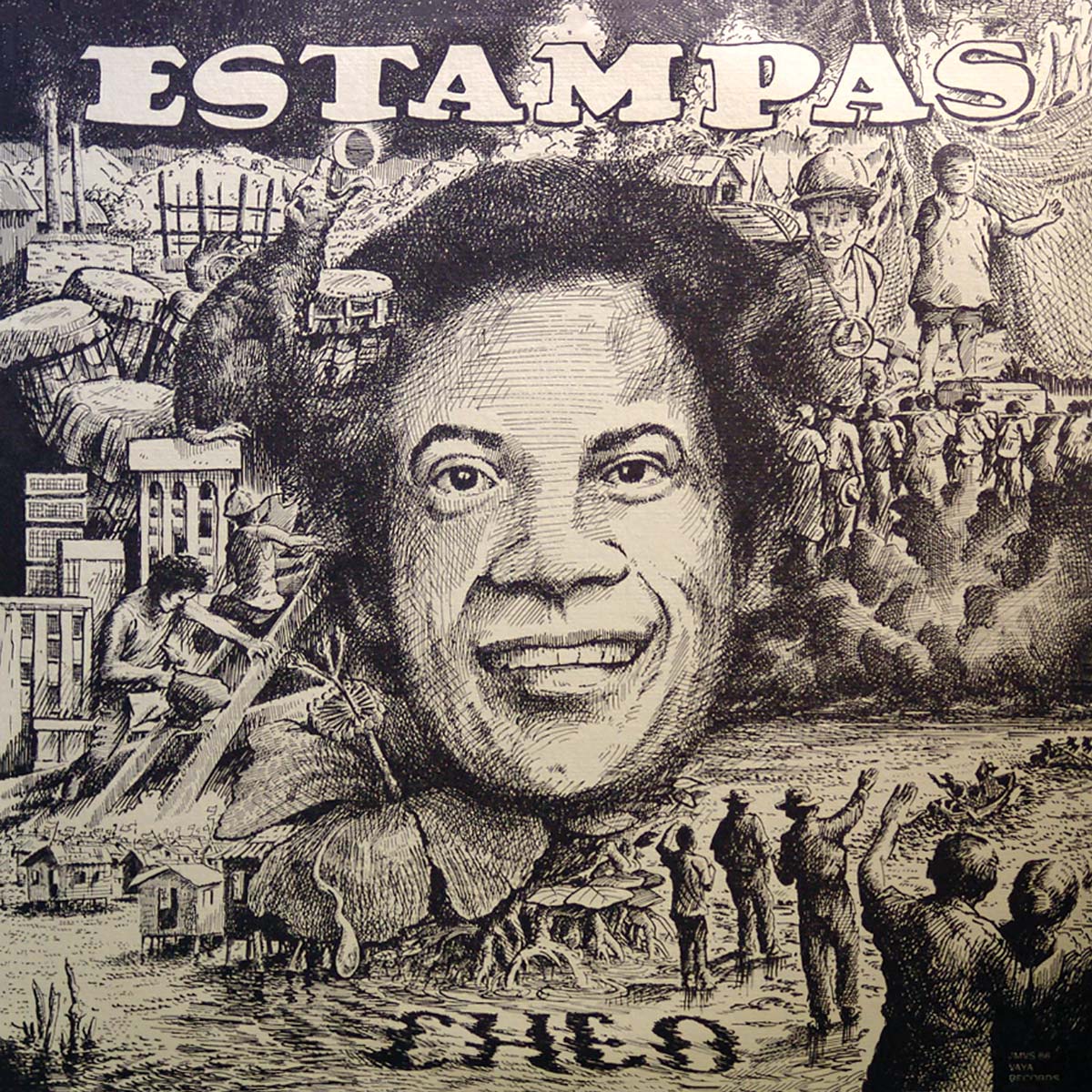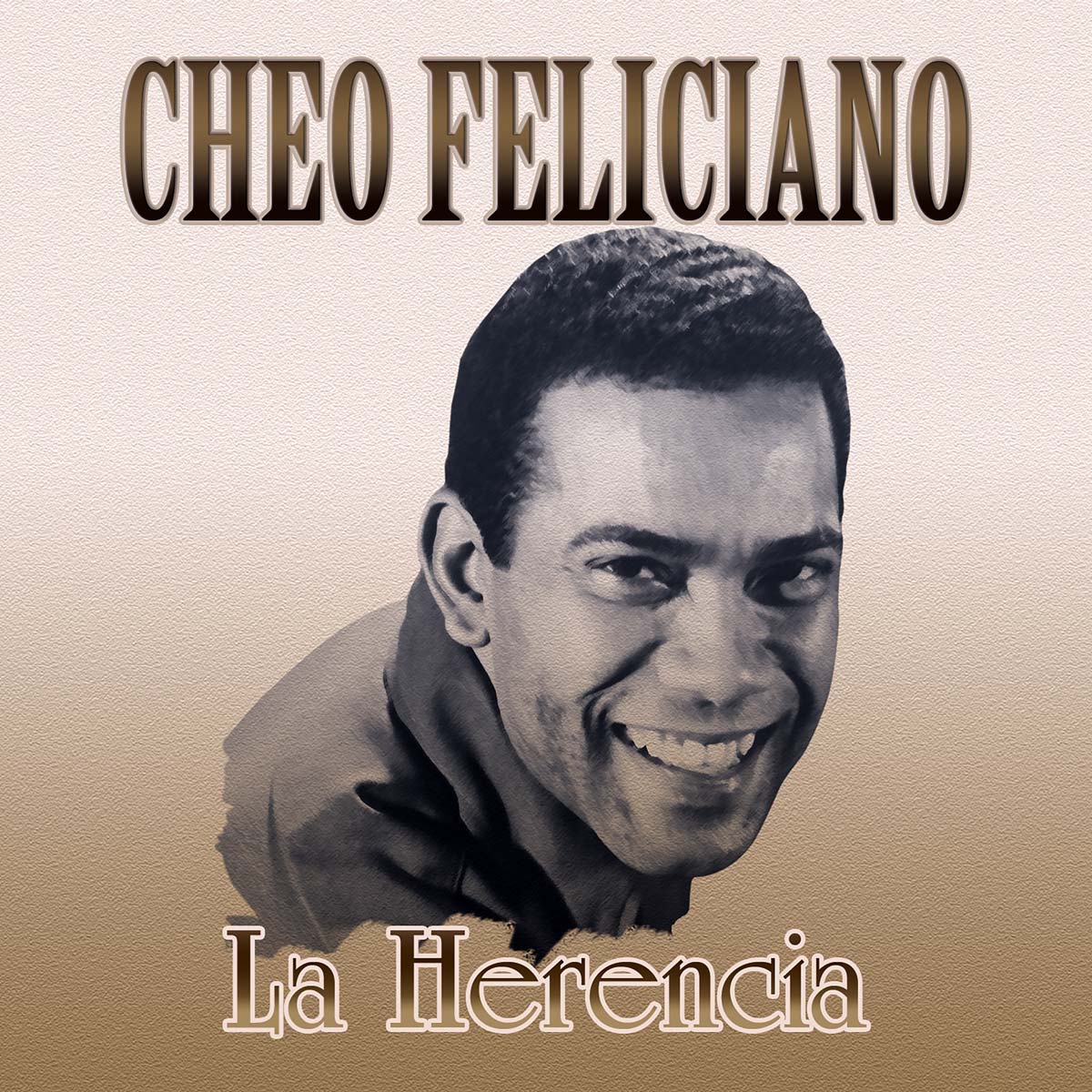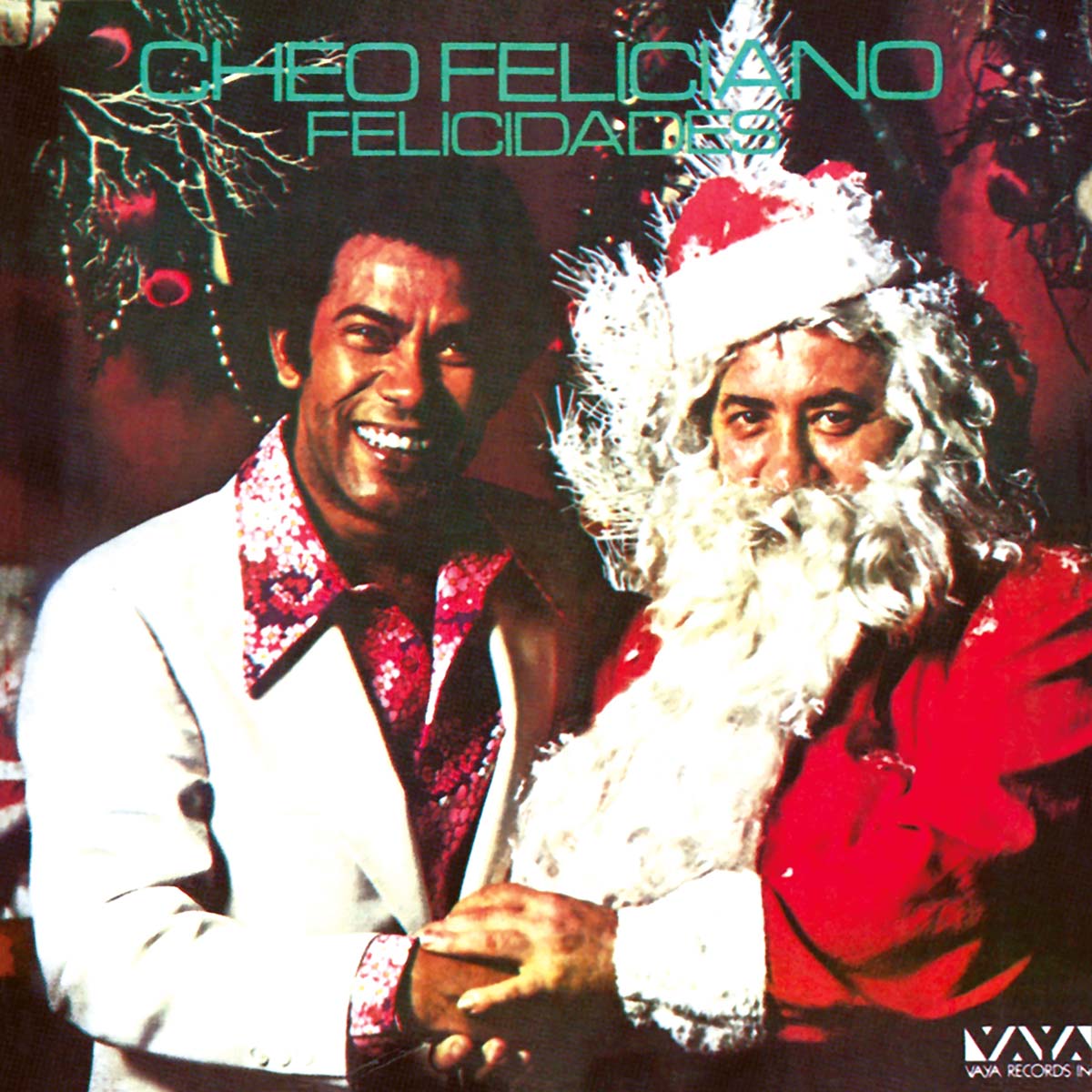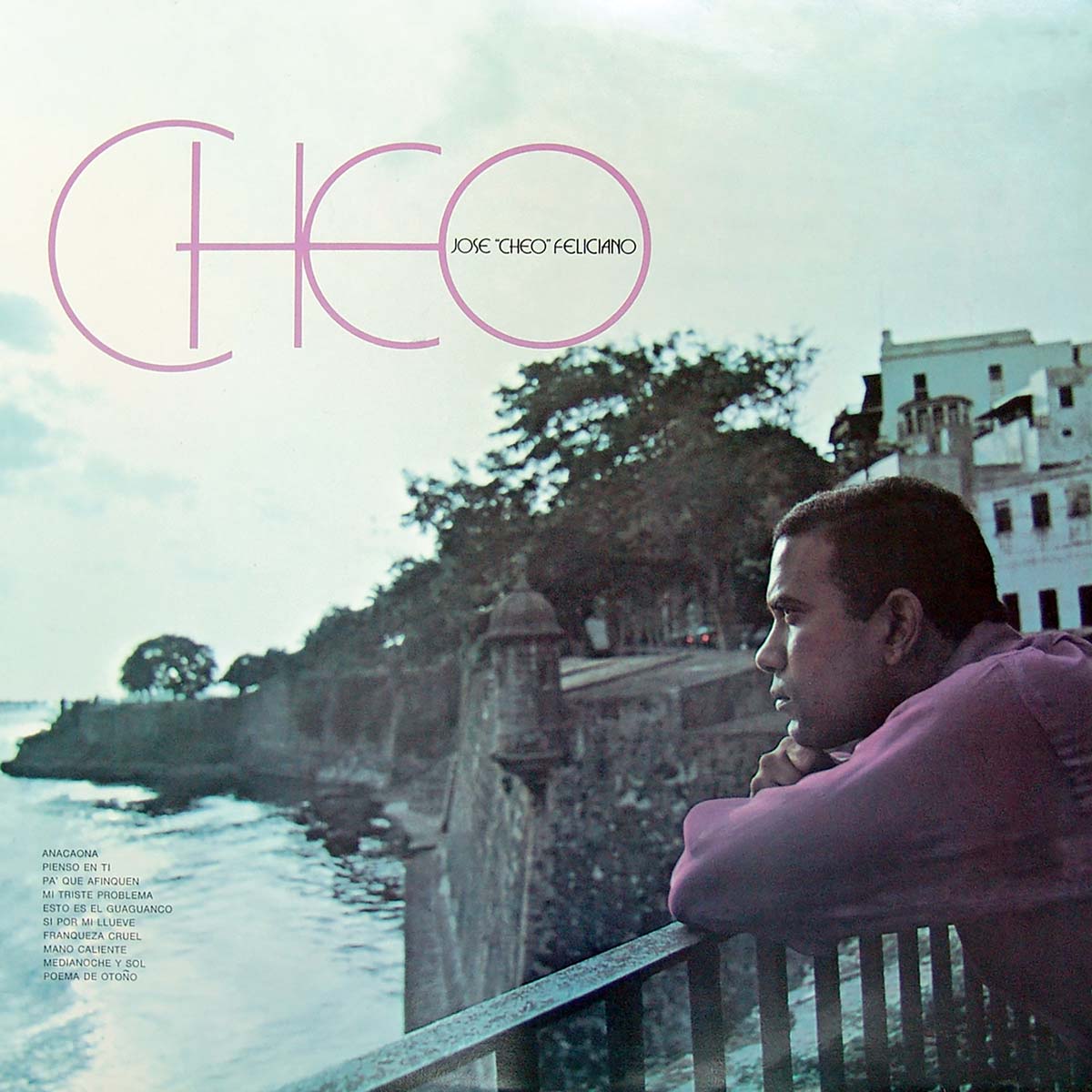
Released in 1979, “Estampas” is considered among Cheo Feliciano fans as one of the most transcendental entries in the Puerto Rican singer’s discography.
Interestingly, one of the album’s biggest fans is Cheo himself. It is my understanding that this is the most complete record that I have ever made, says Feliciano from his home in Puerto Rico. It is the also the one that I love the most. The crooner, who produced the record himself, points out that a lot of effort was placed to create a conceptual work that was cohesive in every possible aspect– from the song selection to the artwork, which made reference to the record’s collection of interrelated vignettes or estampas.
The themes of the songs may focus on different aspects of life, but they are all related to the sociopolitical themes that I wanted to elaborate through my music, he explains. Taken as a whole, I think the record was successful in transmitting the message that the songwriters wanted to convey. One of the songwriters, of course, was longtime Feliciano collaborator and fellow Puerto Rican Tite Curet Alonso. Two of his compositions open up “Estampas”: the wonderful “Los Entierros”, about the burials of working class people, and the more introspective “Estampa Marina”. “El maestro” Curet Alonso and I shared a long standing friendship and mutual appreciation, says Feliciano. We lived parallel lives, filled with both moments of joy and moments of cruelty. We were alike in many aspects. From Héctor Lavoé to La Lupe and Rubén Blades, plenty of salseros benefited from Curet Alonso’s compositional genius. Feliciano was the one performer who best encapsulated the songwriter’s cosmovision.
Their collaboration began with a bang on the 1971 album Cheo, which included the anthemic Anacaona. I identified with his work and he identified his own creations with me, adds the singer. Every time Tite wrote a song for me, it was an experience. In his own words, it was like clothes that are made to measure. And that’s how they felt. I never had any doubts performing them. The voice of Curet Alonso himself is heard on the spoken intro of “Estampa Marina”, a track that showcases Feliciano’s taste for eclectic arrangements. The tune includes trap drums and the kind of jazzy vibe associated with quality Latin pop from the ’70s. I always had an appreciation for the sounds of other genres,” explains Feliciano. “I had the good fortune of working with arrangers who shared my taste. Many of them were hidden jazzmen– they needed someone to give them the green light to elaborate their talent. “Estampas” also includes two tracks (“Cualquier Cosa” and “Con Mis Memorias”) by Feliciano’s other favorite songwriter– the inimitable Bobby Capó. He represented the other side of Cheo Feliciano, says the singer. He was a real wizard of romance. The heart of his melodies were unabashedly romantic, but he also had his own, singular way of presenting them. When he sang those melodies, I could hear myself singing them. I always identified with his vocal style– many people forget that Bobby Capó was not only a wonderful songwriter, but also a superb singer in his own right. Cheo Feliciano pauses to reflect.
Right now, he doesn’t sound like the imposing living legend of Latin music that he is. No, he sounds like an approachable human being, happy to reminisce about an album that means so much to him. When we recorded this album, we made an extra effort so that there would be no fillers and every single piece would connect with the other, he says. We wanted to get to the very essence of things, and I think we actually managed to it. I’m very proud of this record.
Credits: Chorus – Minerva Aponte, Cheo Quiñones, Leida Colón, José Nogueras, Adalberto Santiago, Mario Cora Producer – Cheo Feliciano Recording Director – Papo Lucca Strings Conductor – Carlos Rosario Arrangements – Louie Cruz (“Los Entierros”), Wison Torres Jr. (“Estampa Marina”, “Lucero”, “Lamento Guajiro”), Marty Sheller (“Tiempo Muerto”), Papo Lucca (“Asi Soy”, “Cualquier Cosa”), Luis Garcia (“Desahogo”), Louie Ramirez (“Con Mis Memorias”) Original Album Illustration & Design – Juan Alvarez O’Neill
Written by Ernesto Lechner






